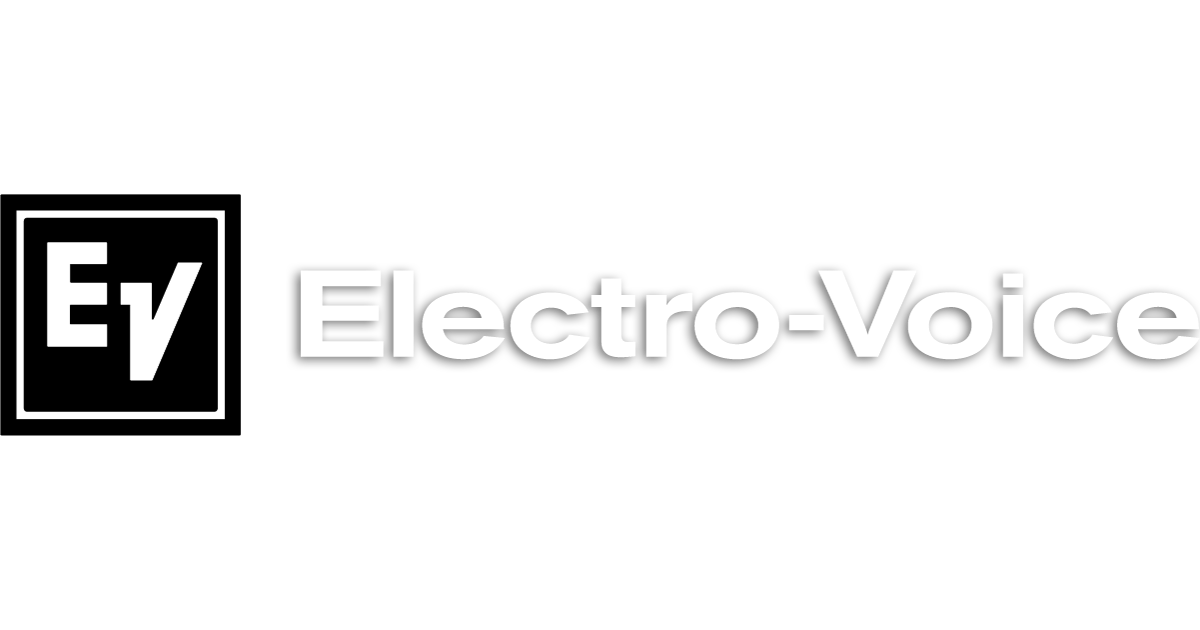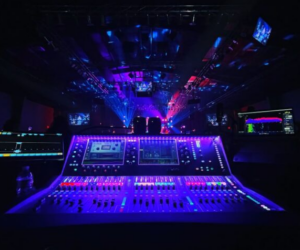The dust has settled from last June’s evacuation of spectrum above 698 MHz and the rash of manufacturer rebates are mostly over.
Though a few continue to use now illegal wireless (above TV channel 51), most have retired 700 MHz-band inventory but many haven’t been able to entirely replace it on today’s budgets. There are more rental opportunities than before and manufacturers have brought new systems to market. Now is a good time to buy wireless.
In last fall’s Report & Order, the FCC laid out some more rules for users of entertainment wireless. Near-future mobile consumer wireless devices (TVBDs) will be allowed to share unused channels with wireless mics in the newly-reduced core UHF TV broadcast spectrum (470 – 698 MHz).
These “white spaces” between TV broadcasts offer a lot of spectrum and it’s valuable to broadband service providers. For one thing, the upper end provides good transmission characteristics with low power and practical antenna sizes.
A key FCC provision reserves the first unoccupied TV channels above and below TV 37 (reserved for radio astronomy) exclusively for the use of unlicensed Part 15 entertainment wireless as “safe havens.”
In cities where one or both of the TV channels immediately adjacent to TV 37 are occupied by a TV station, the next open channel is reserved instead.
No TVBDs are allowed in these two 6 MHz TV channels. This makes wireless equipment with frequency groups in TV 34 to 36 (584-608 MHz) and TV 38 to 40 (614-638 MHz) the best inventory for day to day unlicensed operation when these services come online late next year.
Licensed “Part 74” users also have an obligation to first use spectrum in these wireless mic “safe havens.” Each 6 MHz wide TV channel can usually accommodate 6 to 8 systems, so demand for equipment that operates near TV 37 will be high for all users in the U.S.
The TVBDs are either the 100mW portable devices themselves, which aren’t allowed below TV 21, or their 4-watt “towers.” The high-power fixed transmissions aren’t allowed in unused channels next to TV broadcasters below channel 21, creating additional safe havens in most secondary U.S. cities.
This makes spectrum in the lowest UHF TV channels, 14 to 20 (below 512 MHz) another good place for wireless microphones. However, in over a dozen of the largest metropolitan areas, emergency and safety services occupy one or several of the low UHF channels not occupied by broadcast TV, rendering low-UHF equipment nearly unusable in those cities.
Most manufacturers have frequency groups in one or both of those areas, some of which have been recently added in light of these new RF “rules of the road.” If you or your customers are casual professional users – uncoordinated and unplanned use of less than a dozen mics – make sure new wireless purchases operate in the “safe haven” frequencies near TV 37.
For typical unlicensed users, these new TVBDs may simply cause an increase in RF noise floor when they show up late next year.
In some locations, especially well-shielded inside a building, there may be a loss of S/N, but better equipment may work OK. Outside of these safe havens, especially larger venues without roofs or at longer distances, operation could prove impossible for unlicensed users by end of 2012.
Unlicensed users are also able to sign up to use frequencies outside the safe havens, but they must do so 30 days in advance and only after first exhausting their safe haven spectrum.
These additional frequencies at the specified location and day will be entered in the FCC’s RF database to tell the TVBD consumer devices to avoid those frequencies at those places and times. Licensed users enjoy the added benefit of not having to plan 30 days ahead.
We lost the 700 MHz band for good when the Feds sold it for $20 billion, but they’ve given us some safe havens. It’s likely that in the coming decade they’ll sell off more spectrum.
If you’re an unlicensed user of wireless mics, it will be comforting in a decade when that equipment is still legal and operational. For now you’re allowed to use any frequency between 470 and 698 MHz, as long as you’re willing to accept any interference.
Mark Frink is editorial director of Live Sound International.
Spotlight Listings
Audio-Technica AEW-R5200 Dual Analog Receiver
Line 6 XD-V70 Digital Receiver
















